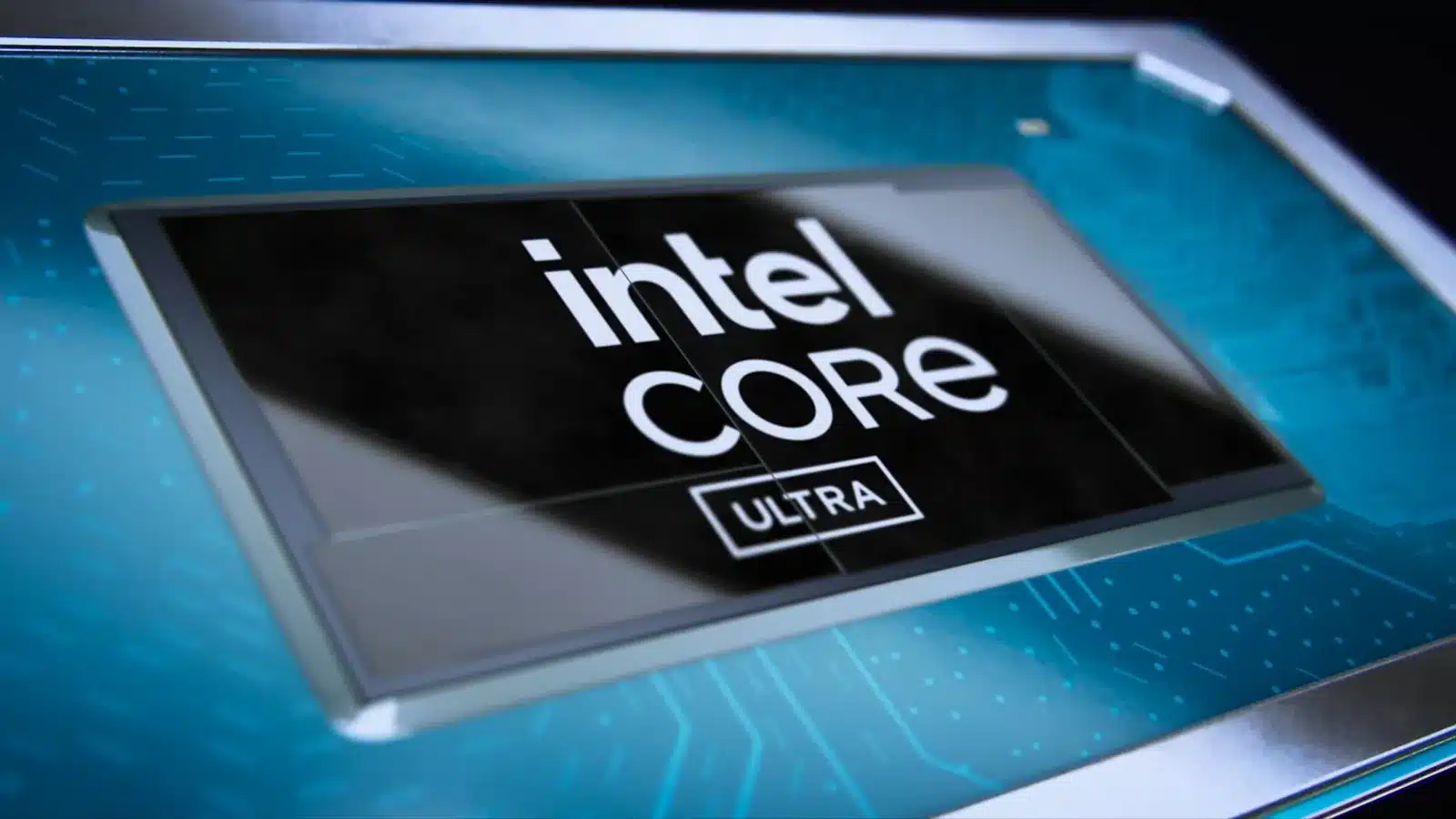Intel’s 15th Gen lineup (renamed to the Core 200 series) will be the chipmaker’s most significant upgrade since the “Alder Lake” hybrid processors landed in Q4 2021. The Core 200 processors will feature three different architectures, a first as Intel usually tends to swing the other way. The Core 100 series consisted of two lineups, Meteor Lake represented by the Core Ultra 100U/H branding, and the Core 100U/H consisting of a Raptor Lake Refresh.

The 15th Gen family, as we still like to call it, will take up the Core 200 series branding, and contain three distinct product stacks. The first will be the Raptor Lake-H lineup, powering midrange and upper midrange notebooks as another Raptor Lake Refresh. It will use the Core 200H branding, following the not-so-different Core 100H stack.
The Arrow Lake-H and U processors will adopt the Core Ultra 200H and 200U branding, respectively. These chips will represent the actual next-gen offerings, unlike their “non-Ultra” counterparts. Interestingly, even these parts will be fabbed on two different process nodes. The higher-end desktop and notebook SKUs are on TSMC’s 3nm “N3B” node, while the entry-level desktop chips are on the Intel 20A process.

Arrow Lake will allegedly feature four different core clusters, at least on mobile. These include the high-performance “Lion Cove” P-cores, lower-clocked “Lion Cove” M-cores, low-power “Skymont” E-cores, and the LPE “Skymont” cores on the SoC die. This is a questionable move and feels more like a PR stunt than anything else. Windows is yet to fully grasp Intel’s hybrid-core architectures, leading to sub-par performance in several workloads, including gaming.
The Lunar Lake processors will form the third CPU stack using the Core Ultra 200V branding. Lunar Lake will focus on power efficiency and AI performance with a healthy increase in graphics capabilities. The CPU performance should likely be the same (or lower) than Arrow Lake. Expect these chips to power only the higher-end ultrabooks and convertibles, of the Surface grade.
Arrow Lake and Lunar Lake are expected to land at the end of this year, although most notebook designs should arrive next year following CES 2025.
Source: ProHardver.

 AMD’s Market Cap is Nearly Twice as Much as Intel: $266 Billion vs. $136 Billion
AMD’s Market Cap is Nearly Twice as Much as Intel: $266 Billion vs. $136 Billion NVIDIA GeForce RTX 4080 Super Drops Below $1000 for the First Time
NVIDIA GeForce RTX 4080 Super Drops Below $1000 for the First Time Ghost of Tsushima Averages 84 FPS on the RTX 4090 (4K) & 63 FPS on the 4060 (1080p Ultra)
Ghost of Tsushima Averages 84 FPS on the RTX 4090 (4K) & 63 FPS on the 4060 (1080p Ultra)